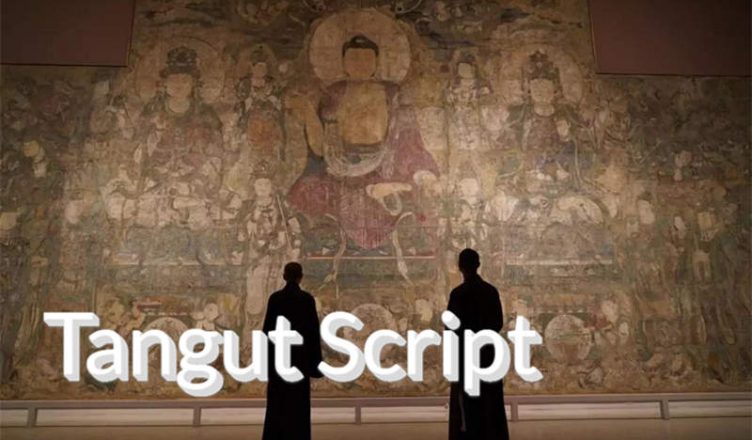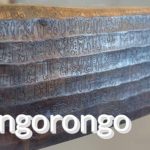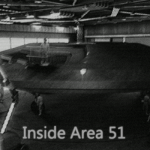When it comes to Chinese history, we must mention an ancient script known as Western Xia script, also called Tangut script. This script bears a striking resemblance to Chinese characters but is notably cryptic and challenging to decipher. The founder of the Tangut script was Li Yuanhao, the visionary behind the Western Xia Dynasty. He instructed his minister Yeli Renrong to create this script specifically for recording the language and culture of the Western Xia Tangut people. Tangut script contains a wealth of cultural significance, yet it has faded into obscurity over the course of history, with only a very small number of people capable of reading and interpreting it. Why is Tangut script so enigmatic? What historical and cultural value does it possess? Let’s embark on a journey together to delve deeper into these questions.
1. The Origin and Characteristics of Tangut Script
The Western Xia Dynasty was a political entity established by the Tangut people, which existed between approximately 1038 and 1227 AD. It was primarily located in regions that include present-day Shaanxi, Gansu, Ningxia, and Qinghai. The Western Xia Dynasty engaged in constant conflicts with states like the Northern Song, Liao, and Jin, but it also had its unique culture, with the most notable aspect being the Tangut script.
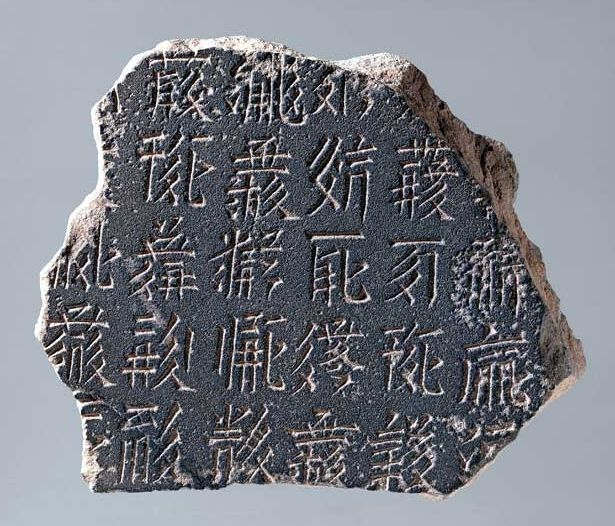
The Tangut script was formally introduced around 1060 AD by the founding emperor of the Western Xia, Li Yuanhao. He was an ambitious and talented leader who wanted his nation to have its own language and writing system to distinguish it from other states. He directed his ministers, particularly Yeli Renrong, to draw inspiration from the structure of Chinese characters and create a new writing system. This new script became known as the Tangut script or Western Xia script.
2. Tangut Script and Chinese Characters
The Tangut script shares some similarities with Chinese characters. Both are composed of strokes, written from top to bottom and left to right, and include radicals. Due to these similarities, the Tangut script appears somewhat like Chinese characters, but it is challenging to read. It is estimated that there are over 6,000 Tangut characters, with some characters appearing only once or a few times, while others have never been found and are only inferred from other characters. The forms of Tangut characters vary, with some characters having multiple variations in size, thickness, and neatness, making their identification and study quite challenging.
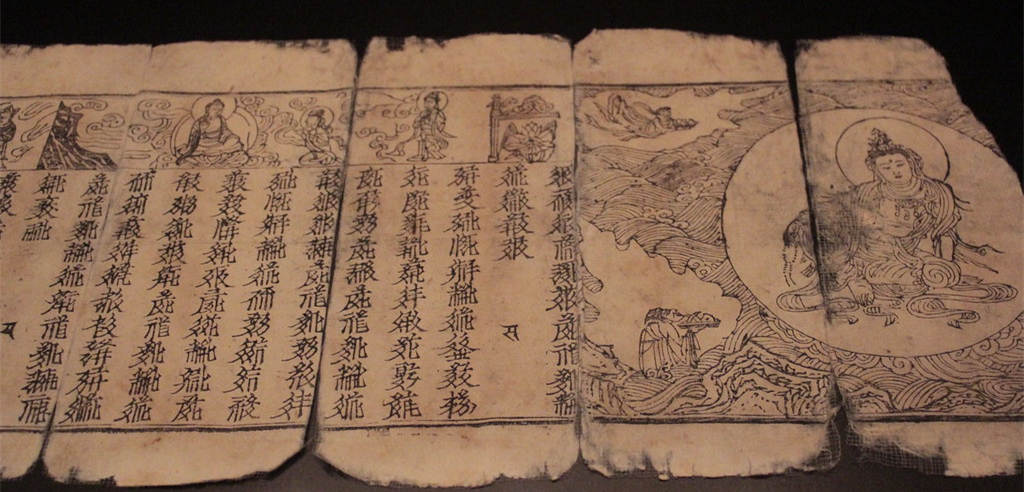
3. Usage and Preservation of Tangut Script
Despite the difficulty of reading, the Tangut script served as a valuable writing system. It was widely used in various types of documents, including Buddhist texts, legal documents, historical records, and dictionaries. The Tangut script not only preserved the language of the Tangut people but also incorporated vocabulary and grammar from other languages such as Chinese, Tibetan, and Uighur. It also reflected aspects of the Western Xia Dynasty’s politics, economy, society, and culture. The Tangut script is a rich source of information for the study of Tangut civilization.
Unfortunately, the Tangut script was not well-preserved. After the Western Xia Dynasty was conquered by the Mongol Empire in 1227, the script gradually declined and disappeared. By the mid-Ming Dynasty, some regions still used the Tangut script, but it was no longer the dominant writing system. During the Qing Dynasty, the Tangut script was completely lost. Due to historical changes and natural erosion, most Tangut script documents were lost or damaged. Currently, most preserved Tangut script materials are located in Russia, thanks to a series of archaeological expeditions in the late 19th and early 20th centuries in Xinjiang, Gansu, Ningxia, and other regions, which uncovered numerous Tangut script inscriptions, tombstones, and books and transported them to Russia for safekeeping.
4. The Value and Challenges of the Tangut Script
The Tangut script is a mysterious yet valuable writing system that holds significant importance for understanding Chinese history and cultural diversity. Through the study of the Tangut script, we can gain deeper insights into the once powerful but now vanished Tangut people, their language, thoughts, beliefs, customs, and more. It also provides a more comprehensive understanding of the dynamic and diverse society of the Northern and Southern Dynasties in China.
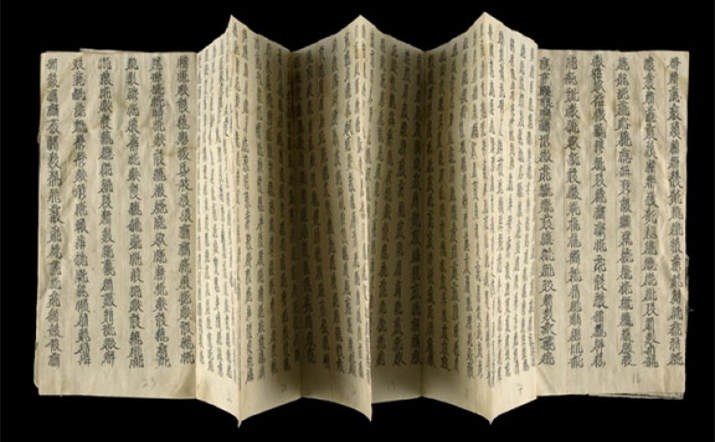
5. The Mystery of Tangut Script
The Western Xia Dynasty, which thrived in the areas of present-day Ningxia, Gansu, Shaanxi, and Qinghai on the Chinese mainland for over three centuries, had a long-standing confrontation with the Northern and Southern Song Dynasties, similar to the Khitan and Mongols. However, the Western Xia Dynasty suddenly disappeared, and its script became a “dead script.” The Tangut people who established the Western Xia are unaccounted for in historical records. This has made Western Xia an exceptionally mysterious kingdom in Chinese history. The “Chinese National Library” in Beijing attempted to unravel many of these mysteries through its “Tangut Script Exhibition.”
6. The “Dead Script”
The Tangut script is often referred to as the “dead script” by experts on the Chinese mainland. It has a square and structured appearance that, from a distance, resembles Chinese characters but is entirely unrecognizable when closely examined. Initially, during the establishment of the Western Xia, they borrowed radicals and character creation methods from Chinese characters to create their own script, the Tangut script. Among the unearthed documents, there are approximately over 6,000 Tangut characters. Experts believe that one of the reasons the Tangut script eventually became “dead” is that they made the characters too complex, with too many strokes, significantly reducing their efficiency in everyday use.
One of the most noteworthy surviving artifacts of the Western Xia is the Western Xia Royal Tombs located beneath Helan Mountain on the western outskirts of Yinchuan. The Western Xia Royal Tombs represent the largest and best-preserved imperial tomb complex on the Chinese mainland. Its most distinctive feature is the conical shape, often referred to as the “Eastern Pyramid.”
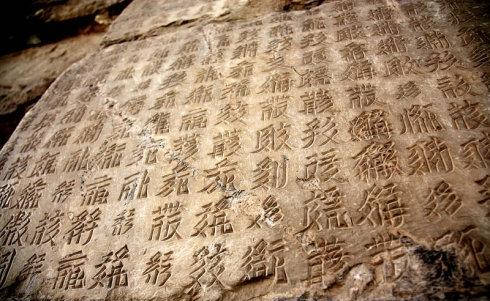
END:
In conclusion, the Tangut script stands as a testament to the rich history and cultural diversity of the Western Xia Dynasty, which, while enigmatic and often overlooked, plays a significant role in understanding China’s past. Its unique characteristics and historical significance make it a treasure trove for researchers and historians. The mysteries surrounding the Western Xia and their script are gradually being unraveled, thanks to dedicated scholars and international efforts to preserve and study this ancient writing system.
As we look to the future, there is great potential for further discoveries and insights into the Tangut script. Collaborative efforts between researchers in China and abroad, advancements in technology, and increased interest in the preservation and study of endangered scripts offer hope for a deeper understanding of this fascinating script. By continuing to explore and decode the Tangut script, we may unlock new layers of knowledge about the Western Xia Dynasty, its people, and their contributions to the tapestry of Chinese history and culture. The Tangut script, once considered a “dead script,” now stands poised for a potential revival in the realm of scholarship, shedding light on an often forgotten chapter of history.
More UFOs and mysterious files, please check out our YouTube channel: MysFiles
Mysterious Stone Spheres around the world – Costa Rica, European forest, Russia, Kazakhstan
